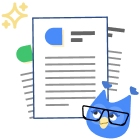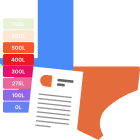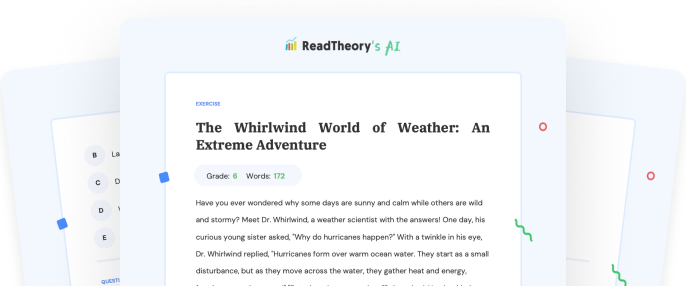Transform Your Teaching
with AI-Powered Worksheets
With ReadTheory’s Instant Worksheet Builder, you can create engaging, grade-appropriate worksheets tailored to your students in minutes. Spark curiosity, save time, and empower critical thinking with AI-powered tools designed for teachers like you.


The Renaissance: A Rebirth of Ideas and the Dawn of the Modern World
In the shadow of the Middle Ages, a remarkable cultural and intellectual revival known as the Renaissance unfolded, forever changing Europe and the world. The term 'Renaissance', French for ‘rebirth,’ perfectly encapsulates this epoch, which marked a renewed interest in ancient Greek and Roman philosophies, arts, and sciences. Renaissance luminaries like Leonardo da Vinci and Michelangelo challenged the conventions of their time, weaving together the realms of art and science to create masterpieces that still captivate us today. Da Vinci's meticulous studies of human anatomy birthed works like 'The Vitruvian Man,' while Michelangelo's 'David' and 'Sistine Chapel' epitomized the era's ideal of perfect human form. Scientific ideas blossomed during the Renaissance, too. Nicolaus Copernicus dared to assert that the Earth revolved around the Sun, a revolutionary concept that defied the Church's teachings. This shift from a geocentric to a heliocentric worldview marked a significant turning point, paving the way for modern science. The Renaissance also sparked a transition from a theocentric to an anthropocentric view of the world. Individuals began to value human dignity, potential, and reasoning, leading to significant societal shifts. This focus on humanism spurred advancements in various fields, ranging from literature to politics, and from art to science. In essence, the Renaissance served as a bridge between the Middle Ages and the modern era, igniting a rebirth of classical knowledge and innovation that still resonates in our contemporary world. Through the fusion of past wisdom and visionary ideas, the Renaissance era left an indelible blueprint for human progress.
Question 1
What does the term 'Renaissance' mean?
Golden Age
Dark Ages
Rebirth
Ancient
Revolutionary Age
Question 2
Who challenged the Church's teachings by asserting that the Earth revolved around the Sun?
Leonardo da Vinci
Galileo Galilei
Isaac Newton
Nicolaus Copernicus
Michelangelo
Question 3
What significant societal shift occurred during the Renaissance?
Transition from a geocentric to a heliocentric worldview
Transition from a theocentric to an anthropocentric view of the world
Transition from monarchy to democracy
Transition from feudalism to capitalism
Transition from polytheism to monotheism
Question 4
What did Leonardo da Vinci's studies of human anatomy give birth to?
The Mona Lisa
The Last Supper
The Vitruvian Man
The School of Athens
The Night Watch
Question 5
What is the significance of the Renaissance era?
It marked the beginning of the Middle Ages
It led to the discovery of America
It was a time of war and conflict
It served as a bridge between the Middle Ages and the modern era
It was a time of economic decline
 or share via
or share via

Assign the ReadTheory pretest to determine students' reading levels.

Why Teachers Love
Instant Worksheet Builder?

Tailored Content for Every Student
Craft worksheets with passages and multiple-choice questions customized to your chosen topic and grade level, ensuring relevance and engagement.

Save Hours
of Prep Time
Our AI, Lexi, generates complete worksheets—passages, questions, and answers—in minutes, freeing you to focus on teaching, not planning.

Standards-Aligned Learning
Every worksheet is designed to boost reading comprehension and critical thinking, aligning seamlessly with State Standards to help your students shine.
Personalized teaching
for personalized learning
Browse worksheets created and refined by educators using Lexi—your source for inspiration and ready-to-use resources.


ReadTheory is free for Teachers to use.
Join thousands of educators using ReadTheory for free. Sign up today and start creating in just minutes!





